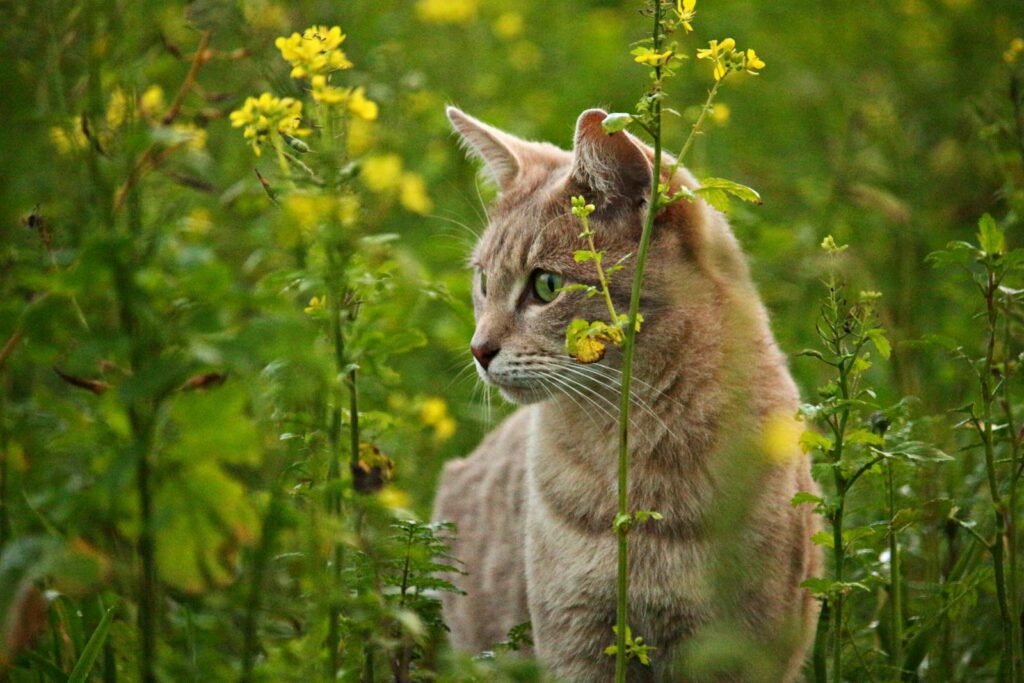Cats are often viewed as independent and aloof creatures, yet they possess the ability to learn and respond to cues much like their canine counterparts. One rewarding and practical skill to teach your feline friend is to respond to their name. This can deepen your bond, improve communication, and enhance your cat’s safety. In this guide, we’ll explore effective strategies to help your kitty recognize and respond to their name with enthusiasm and clarity.
Understanding Your Cat’s Nature

Cats are naturally curious and observant, often learning from their environment and experiences. However, they are also easily distracted due to their independent nature. Unlike dogs, cats may not immediately respond to their names due to a lack of motivation. Understanding this aspect of feline behavior is crucial before you embark on any training exercise. Patience and positive reinforcement are key in capturing your cat’s attention and fostering learning.
Choosing the Right Name

The first step in teaching your cat to respond to their name is choosing one that is short and distinctive. Names with one or two syllables tend to work best as they are easier for cats to distinguish among other household noises. Additionally, names ending with an ‘ee’ sound may be more recognizable to cats due to their ability to detect high-pitched tones.
Creating a Positive Association

Cats are motivated by rewards, so creating a positive association with their name will encourage responsiveness. Begin by calling your cat’s name in a calm and inviting tone, offering a small treat or a gentle pet when they acknowledge or come towards you. Consistency is vital – ensure every interaction with their name results in a positive experience for your furry friend.
Setting Up the Environment

To ensure successful learning, it’s necessary to minimize distractions. Choose a quiet space where your cat feels comfortable and secure. This helps maintain focus and avoids interruptions that could deter their attention. Gradually, as your cat becomes more responsive, you can increase the complexity and distractions of the environment.
Using Gradual Approach

Cats, much like humans, respond better to gradual learning processes. Start with short training sessions, calling your cat’s name intermittently throughout the day. Gradually increase the duration and frequency of these sessions, maintaining consistency with positive reinforcement. Over time, your cat will learn to associate their name with positive outcomes, increasing their willingness to respond.
Incorporating Play

Pairing your cat’s name with play can be particularly effective, as most cats are enthusiastic when it comes to playtime. Use toys they enjoy, and incorporate their name during play interactions. This strengthens the association between their name and pleasurable activities, increasing their eagerness to respond.
Repetition is Key

Repetition is fundamental in training your cat to recognize their name. Regular and consistent use of their name in various contexts helps reinforce their learning. Be patient, as this may take time, but remember that every successful response should be met with positive reinforcement, whether it’s a treat, play, or affection.
Avoiding Negative Reinforcement

A vital component of successful training is avoiding negative reinforcement. Refrain from using your cat’s name in situations involving discipline or stress. This helps prevent creating negative associations, which may cause your cat to ignore their name. Focus on maintaining a positive and supportive environment.
Observing Progress and Adjustments

Every cat is unique, and so is their learning curve. Observing your cat’s responses and making necessary adjustments is important for successful training. If progress seems slow, revisit the basics, and ensure that positive reinforcement is consistent and appealing. Encourage them with incremental positive experiences linked with their name.
Combining Verbal and Non-verbal Cues

Enhancing your cat’s name recognition can be achieved by combining verbal cues with non-verbal signals. Pairing their name with clapping, a specific call, or gesturing can reinforce their association with being called. These cues can later serve as additional signals for getting your cat’s attention.
Fostering Consistency Across Family Members

To avoid confusion, ensure that all family members use the same techniques and reinforcement strategies. Consistency across various interactions at home is key to reinforcing your cat’s learning, ensuring that the response to their name is maintained regardless of who calls them.
Maintaining Patience and Persistence

Training your cat requires patience and persistence. Every cat learns at their own pace, and setbacks are part of the journey. Views training as an ongoing process requiring patience and understanding. Your calm and supportive demeanor will set a positive tone, encouraging your cat’s confidence in responding to their name.
Additional Considerations

While most cats can learn their names, it’s essential to recognize that responses vary across individuals due to factors such as personality and past experiences. Some cats may take longer or require different motivational strategies. If traditional methods don’t work, consult with a professional trainer for tailored advice to nurture your feline’s learning experience.
In conclusion, teaching your cat to respond to their name can enhance communication and cooperation between you and your pet. Through patience, consistency, and positive reinforcement, you’ll foster a stronger relationship with your cat. Remember, every successful interaction is a step toward improved understanding and a more connected bond.

Linnea is a born and bred Swede but spends as much time as possible in Cape Town, South Africa. This is mainly due to Cape Town’s extraordinary scenery, wildlife, and atmosphere (in other words, because Cape Town is heaven on earth.) That being said, Sweden’s majestic forests forever hold a special place in her heart. Linnea spends as much time as she can close to the ocean collecting sea shells or in the park admiring puppies.






